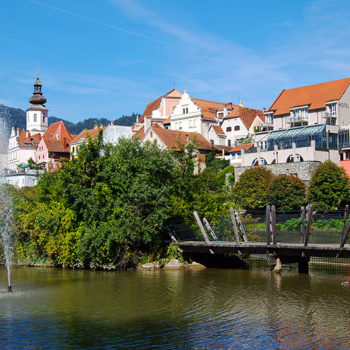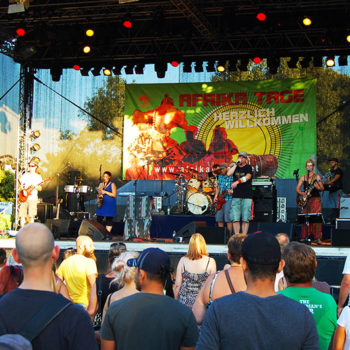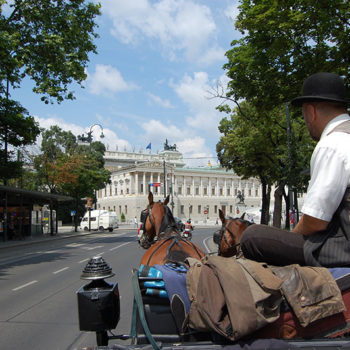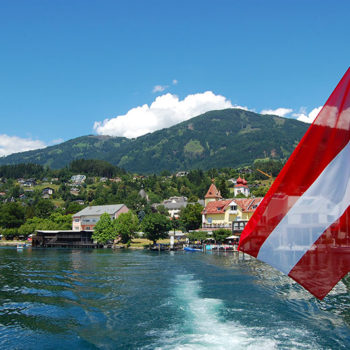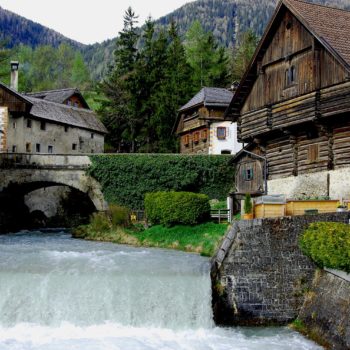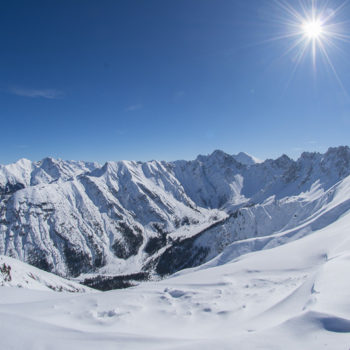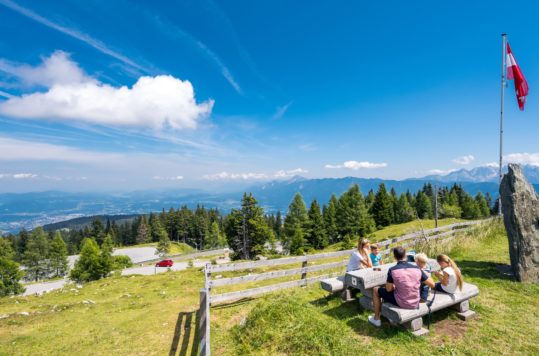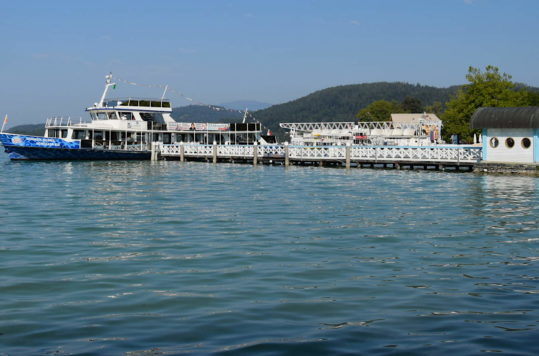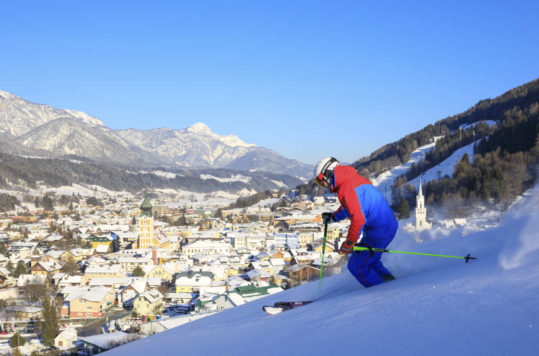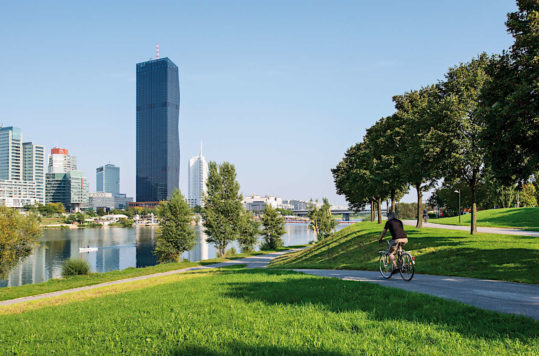In 2018 Austria received an impressive 28 million tourists. Admittingly, Austria is a major winter destination, but the alpine country’s summer attractions also draw in the crowds. As a result, exploring Austria is a great experience all year round.
By nature, Austria seems made for travellers. Its mountains, rivers, and cultural landscape insinuate the perfect outdoor playground. Add a long and rich history and a fantastic setting for another layer of holiday activities. Austria’s numerous castles, palaces, and sacred buildings, many of which are architectural gems, beg to be visited. No wonder the country is the planet’s 12th most visited travel destination.
Amazingly diverse
Austria holds a vast array of landscapes in its 83,879 km² territory (32,386 sq. mi – slightly larger than Scotland or a little smaller than the US state of Maine). From its highest point, the Grossglockner 3798 m (12.460 ft), to its lowest point at 114 m (374 ft) near Apetlon in Burgenland. Around ¾ of the country is dominated by the Alps, with only about 1/3 lower than 50 meters (1,640 ft) above sea level. The flattest parts are found in the east, around the Neusiedler See, which lies at the edge of the Pannonian Plains. The north (parts of SalzburgerLand, Upper and Lower Austria) and the southeast (Styria and Burgenland) are moderately hilly.
Cultural heritage
Austria has 12 UNESCO World Heritage sites, such as the Historic Centre of the City of Salzburg, the Semmering railway, and the Frontiers of the Roman Empire—The Danube Limes (Western Segment). Additionally, numerous UNESCO immaterial cultural heritage sites exist (such as the Christmas Carol “Silent Night,” the Spanish Riding School, and the Viennese coffee house culture).
Compact
Austria’s relatively compact size makes exploring many parts of the country easy without investing time to travel from A to B. Whether you are using your transport or relying on public transport, good infrastructure allows for fast and comfortable movement. Notwithstanding, travel itself is also an essential part of the experience. Reward yourself by taking time to get off the Autobahn or high-speed train and instead use your feet or a bicycle. Because only then can you appreciate everything that the country has to offer.
<< Click on the images to enlarge >>
Sustainable tourism
When a small and mountainous country such as Austria takes on vast numbers of visitors, it will strain the environment. The Austrians try hard to offer their visitors all the fun and adventure they ask for and, at the same time, preserve their nature and culture. After all, both soul and hospitality come in a limited supply. In addition, the development of ski resorts is putting a strain on the alpine ecosystems. However, not only does the direct impact of tourism concern the Austrians. The country’s location in central Europe suffers from massive traffic, mainly trucks, passing through.
ADVERTISEMENT
Exploring Austria by road
Not only do businesses profit from Austria’s excellent road network. It also allows tourists to visit any part of the country with minimal hassle. Despite the Alps dominating almost the entire country, the Austrians have thoroughly connected all aspects. You can travel the scenic routes using some mountain passes or the fast way through the tunnels. During the peak holiday season in August, the main motorways are often congested. No problem, you can also travel overland to Austria comfortably by rail.
By rail
Austria is connected to all its neighbours by railway links. Since all its nearest neighbours are in or affiliated with the EU, the freedom of travel has resulted in close cooperation within the transport sector. It allows tourists and local commuters to cross borders easily. Furthermore, when Deutsche Bahn (DB) closed down its night-train services a few years ago, the Austrian Federal Railway company Österreichische Bundesbahn (ÖBB) took over this market. Hence, you can travel in modern sleeping cars to Austria from Germany, Switzerland and Italy with ÖBB’s Nightjet fleet.
By air
Besides Vienna’s main Schwechat (VIE) airport, there are international airports in Innsbruck, Salzburg, Klagenfurt, Graz and Linz. German Lufthansa owns Austrian Airlines and is the primary carrier. The abovementioned airports have good connections to German airports, such as Frankfurt, making it easy to fly in from overseas. There are domestic flights in Austria, but for tourists, there are many more scenic ways to explore the country. For example, believe it or not, from the water.
By water
Austria is completely landlocked. Nonetheless, the country still has large ports and lovely promenades by the water. The direct shipping traffic is found on the Danube, which flows 350 km through Austria. Freighters are using the country’s principal waterway all year. At the same time, cruise ships bring tourists to ports in Vienna, Wachau, and Linz, mainly in summer. Vorarlberg, far west of Austria, has a 28 km shoreline on Lake Constance (Europe’s third most prominent). From the port of Bregenz, regular shipping lines connect Austria with Switzerland and Germany.

